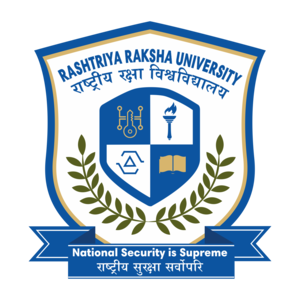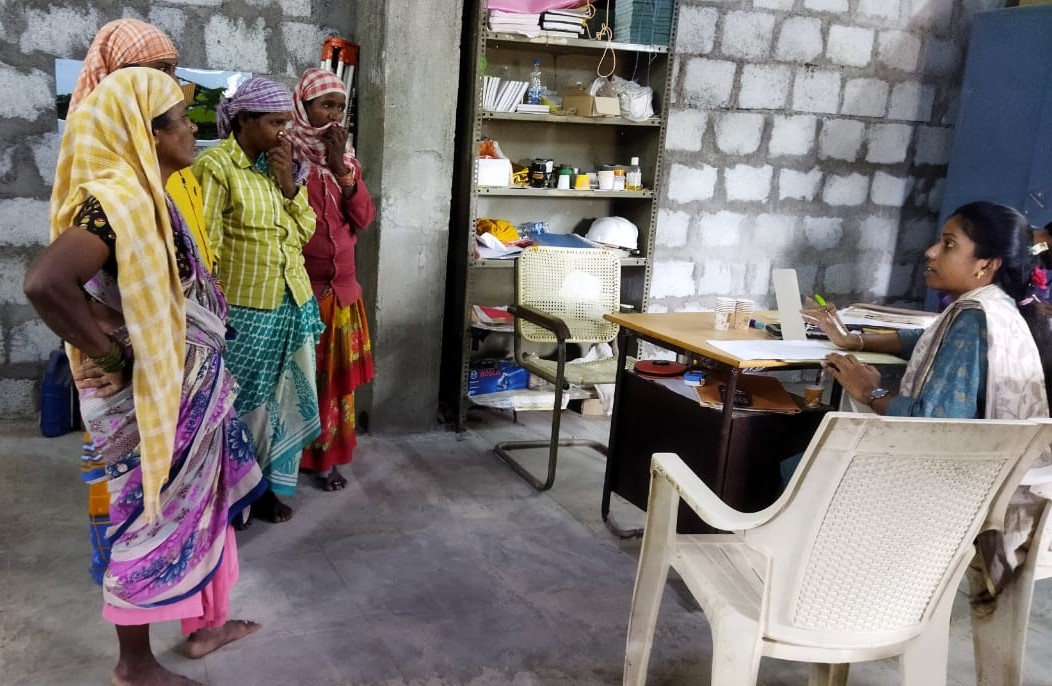
Is Judicial Activism a key to justice?
Is Judicial Activism a key to justice?
-Tanishka Jangid, Lloyd Law College, Greater Noida
INTRODUCTION :-
Judicial activism denotes the proactive role played by the judiciary in the protection of the rights of citizens and the promotion of justice in society. In other words, it implies the assertive role played by the judiciary to force the other two organs of the government (legislature and executive) to discharge their Constitutional duties. Judicial activism is also known as “judicial dynamism”. It is the antithesis of “Judicial Restraint”, which means the self-control exercised by the judiciary.
Judicial activism can be defined as “Judicial activism is a way of exercising judicial power that motivates judges to depart from normally practiced strict adherence to judicial precedent in favor of progressive and new social policies. It’s commonly marked by decision calling for social engineering, and occasionally.”
REASON FOR RISING OF JUDICIAL ACTIVISM :-
Dr. B.L. Wadehra has described the various reasons for judicial activism. There was a time when the confidence in the Constitution and Democracy amongst the citizens. There was also a legislative vacuum where no law or rule was present in such a situation Judicial Activism was the only option. Judicial Activism has helped in encouraging Public Interest Litigation and liberalizing the principles of ‘Locus Standi’.
We know that we have checks and balance system in our country which even makes the three organs independent of each other and also makes them responsible to each other. It ensures that no organ overpowers others and uses its power without any restriction. Judiciary plays an important role in interpreting the laws made by the legislative and also ensures that no unconstitutional law is passed.
IMPLEMENTATION OF JUDICIAL ACTIVISM :-
Judicial activism is a practice that helps is expanding individual rights. We have been talking about judicial activism but how does it work. The idea of legal activism is firmly identified with the idea of "Public Interest Litigation (PIL)." It is the legal activism of the Supreme Court which is the central point for the ascent of PIL. All in all, PIL is a result of legal activism. Indeed, PIL is the most famous structure (or sign) of legal activism.
Judicial activism is not a new thing. In various cases, PIL has been used to save the rights of individuals and groups. The first case of PIL came through Hussainara Khatoon v. the State of Bihar in 1979 which focused on the inhuman condition of prisons and under-trial prisoners. It was not that the person who filed PIL has visited them but it was based on the news item published in the newspaper which highlighted the condition of prisoners in various jails in Bihar. From this only we had a new fundamental right i.e., the right to a speedy trial to those prisoners emerged. This was just the first case of PIL which had such a great impact on individuals’ rights.
The new era of judicial activism or PIL emerged in S.P. Gupta v. Union of India, where it was clarified and established that any member be it public or social action group can invoke their right of filing writs.
Not only this we have seen that through other cases such as Sheela Barse v. the State of Maharashtra, but even the letter was also considered as the case and the court used its power and registered a suo moto case. Through this particular case and the use of judicial activism, we were able to get the rights against the violation of violence of women prisoners.
Another such case was Vishaka Singh v. the State of Rajasthan, although it was the case related to the offense of case it encouraged the court in making Vishakha Guidelines which eventually led to the formation of “The Sexual Harassment of Women at Workplace (Prevention, Prohibition and Redressal) Act,2013.” All this happened because of judicial activism and the separation of power, where the independence of the judiciary led to ask the legislature to form such laws.
In the 1990s, there was a rise in custodial death, and no one was held accountable for the deaths. Due to this as PIL was filed in 1981 through the case of Anil Yadav v. State of Bihar, where 33 suspected criminals were blinded and this PIL was also based on the newspaper article. Supreme Court directed that the price of the medical treatment would be given by the government.
These are just a few cases that have led to the rise in power of the judiciary through judicial activism. According to Dr. Vandana, the concept of Judicial activism can be seen to be reflecting from the following trends, namely:
(i)Expansion of rights of hearing in the administrative process.
(ii)Excessive delegation without limitation.
(i)Expansion of judicial control over discretionary powers.
(ii)Expansion of judicial review over the administration.
(iii)Promotion of open government.
(iv)Indiscriminate exercise of the contempt power.
ANALYSIS :-
Judicial activism must not become judicial adventurism, the Supreme Court warned the adjudication must be done within the system of historically validated. Restraints and conscious minimization of judges’ preferences "The courts should not humiliate regulatory specialists and should understand that managerial specialists have aptitude in the field of the organization while the court doesn\'t."
The avocation frequently given for a legal infringement on the area of the chief or the council is that the other two organs are not taking care of their responsibilities appropriately. In any event, expecting this is along these lines, similar claims can be made against the legal executive too because cases are forthcoming in courts for 50 years. If the council or the leader was not working as expected, it was for individuals to address the imperfections by practicing their establishment appropriately in the following races and deciding in favor of up-and-comers.
CONCLUSION :-
Proponents of judicial activism argue that it is necessary to correct injustice and promote necessary social changes. They see the courts as a last resort for those in society who lack the political power to influence other branches of government. We do notice that judicial activism has given us various rights and has empowered us. It has helped in covering the lacunas where no rule of law is there. And even if the law is there then there is no proper implementation of it.
If the concept of judicial activism or PIL was not there then there is a high probability that our rights and freedoms in the country won’t be that of world level and we might have been last in the race of rights and freedom to citizens. However, in recent times, the concept of judicial activism has been criticized by the legal fraternity as it goes against the principle. Separation of powers by interfering in the areas of other organs of government. There has been an abuse of power of PIL. PIL has become a tool for some to harass others and violating their rights. The solution to this is that there should be a proper criterion for filing PIL. Legislative could work upon expanding the old right and creating new ones to the gap of rights could be covered. The professionals who are involved in the media and legal field should be more sensitized so that there is no abuse of PIL. Therefore, we could say that judicial activism is surely key to justice but there shouldn’t be any overpowering of one authority on another to maintain the separation of power.
Reference :-
-Hussainara Khatoon v. State of Bihar 1979 AIR 1819 1878 SCR (3) 1276 1980 SCC (1) 98
-Vishakha and other v. State of Rajasthan AIR 1997 SC 3011.
-S.P. Gupta v. Union of India AIR 1982 SC 149
-Sheela Barse v. State of Maharashtra AIR 1983 SC 378
-Anil Yadav and Ors. v. State of Bihar 1991 (39) BLJR 1290, 1992 CriLJ 934
-Vishal J, ‘Judicial Activism’ (Legal Service India)
< http://www.legalserviceindia.com/legal/article-2063-judicial-activism.html#:~:text=Judicial%20Activism%20means%20the%20rulings,than%20current%20or%20existing%20legislation> accessed 21 July 2021
-M.M. Semwal & Sunil Khosla, ‘Judicial Activism’ (2008) 69 (1) TIJPS
< https://www.jstor.org/stable/41856396> accessed 22 July 2021
-Mohd Haris Usmani, ‘Public Interest Litigation – Its Origin and meaning’ (Legal Service India) < https://www.legalserviceindia.com/article/l273-Public-Interest-Litigation.html> accessed on 21 July 2021
-M. Laxmikanth, Indian Polity (6th Ed.,2019)
-Krishnadas Rajagopal, ‘Judicial activism is our duty against legislative adventurism: SC Judge’ The Hindu (New Delhi, 4 May 2015)
< https://www.thehindu.com/news/national/judicial-activism-is-our-duty-against-legislative-adventurism-sc-judge-kurian-joseph/article7168036.ece> accessed 21 July 2021












